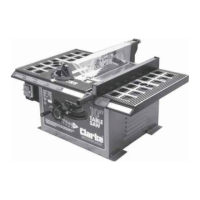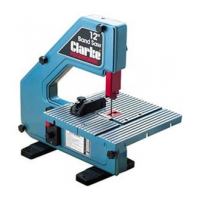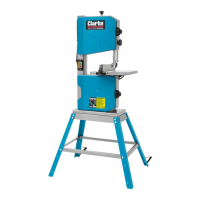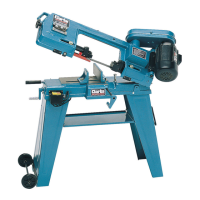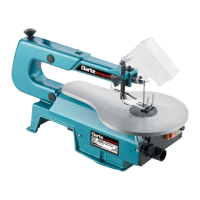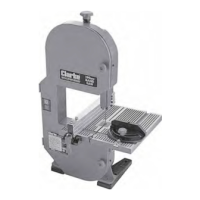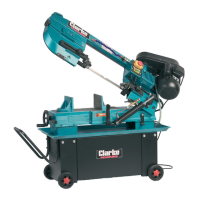What to do if material kicked back from blade slot on Clarke Saw?
- MmargarethernandezAug 14, 2025
If material is kicked back from the blade slot of your Clarke Saw, make sure of the following: 1. The rip fence is aligned with the blade. 2. The riving knife is aligned with the blade. 3. You are using the rip fence, if not install and use it. 4. The riving knife is in place, if not install the riving knife with guard. 5. Push material all the way past blade before releasing work. 6. Replace blade if it's dull. 7. Ensure that the mitre angle lock knob is tight.
